

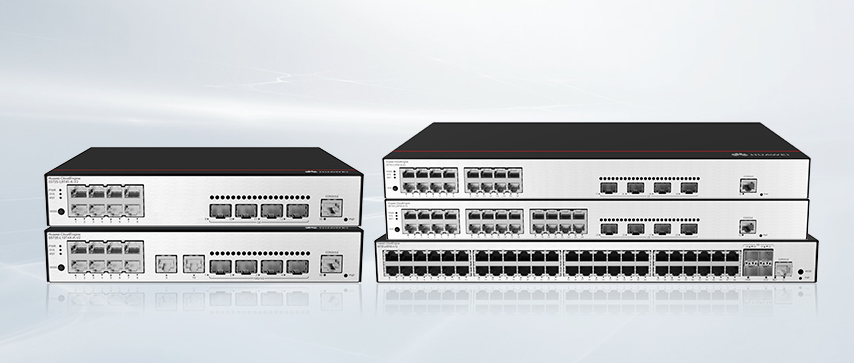
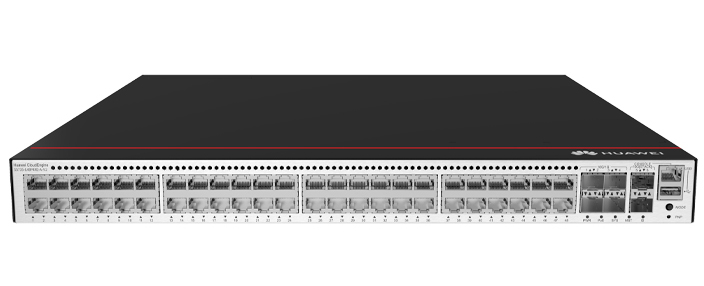
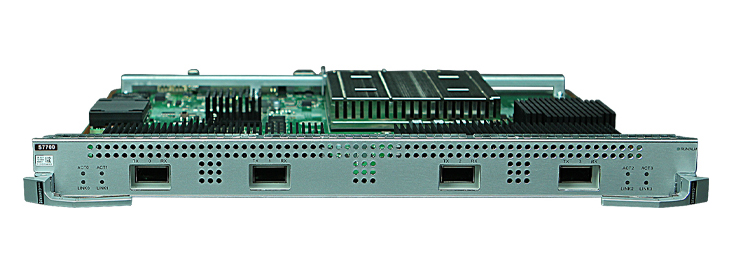

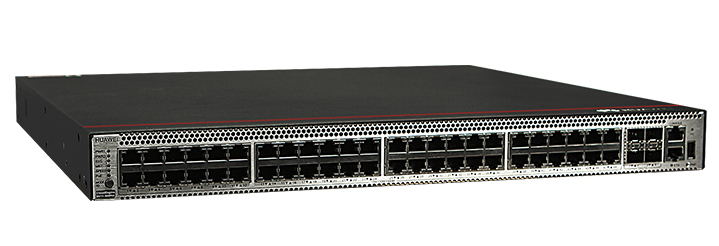
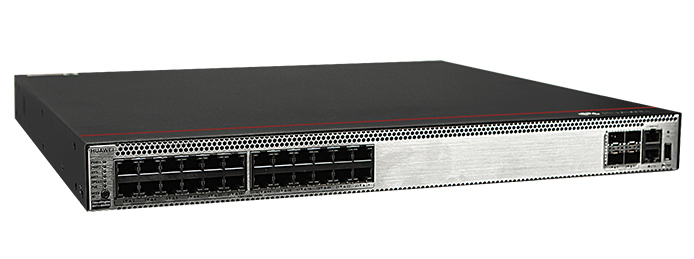
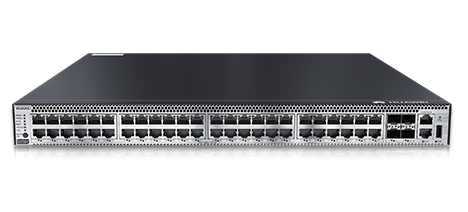
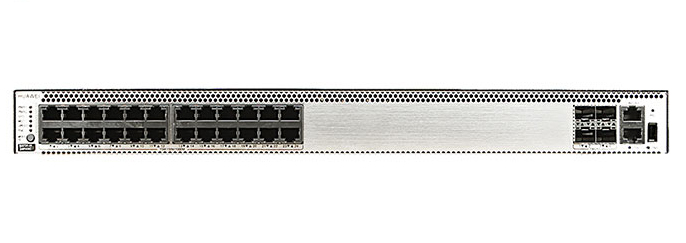
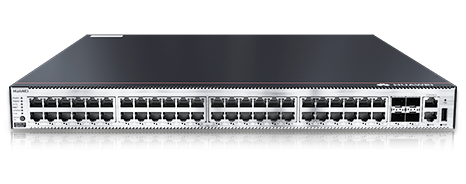
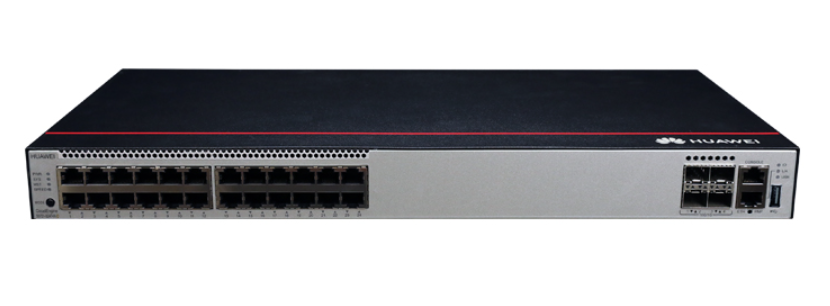
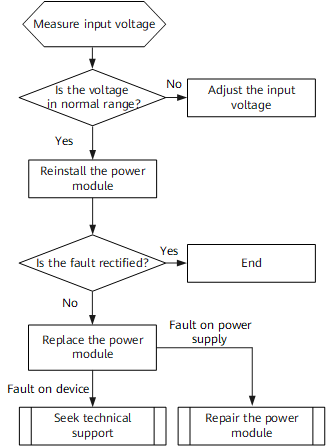

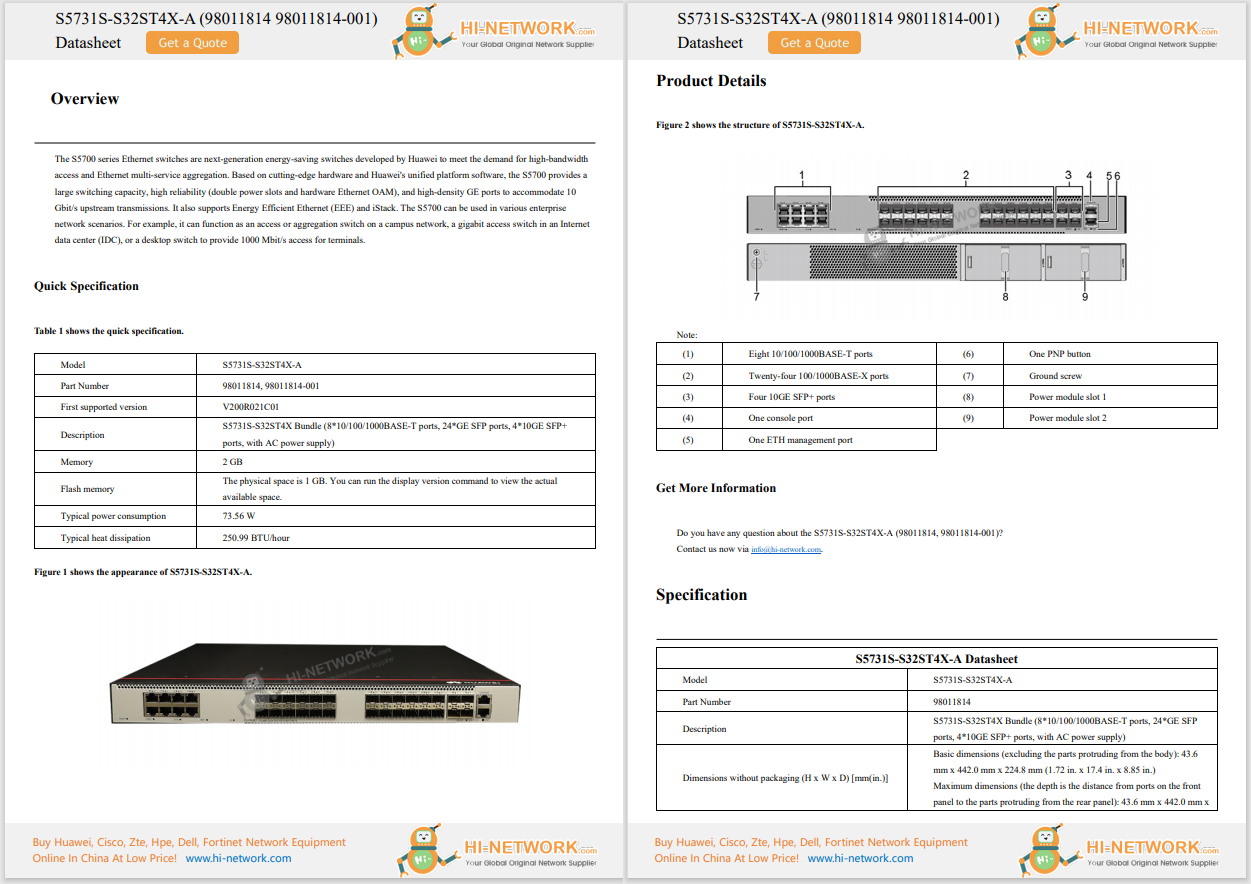
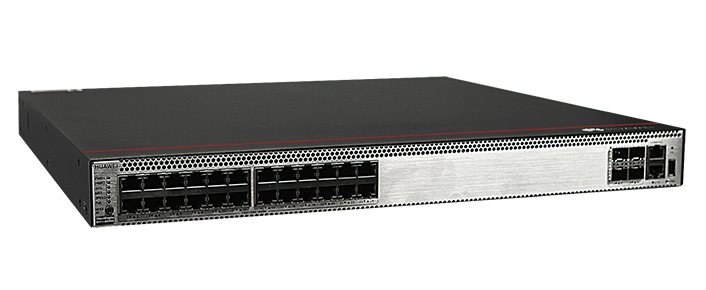
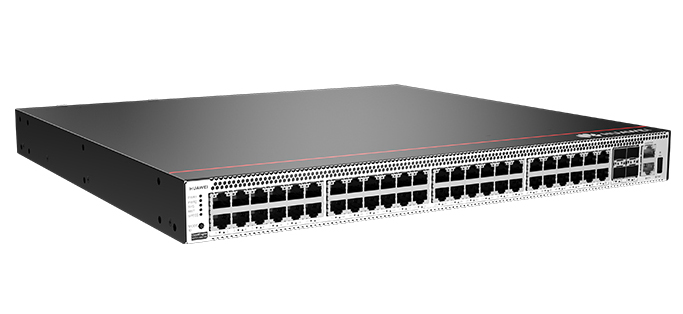
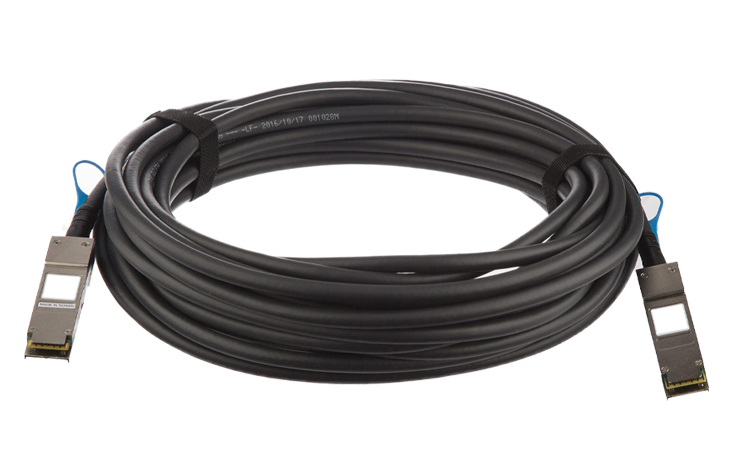
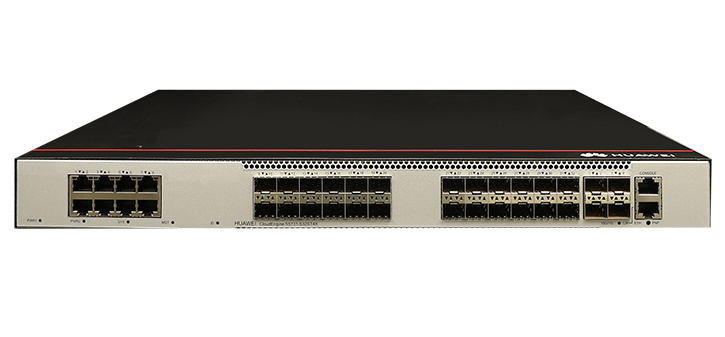
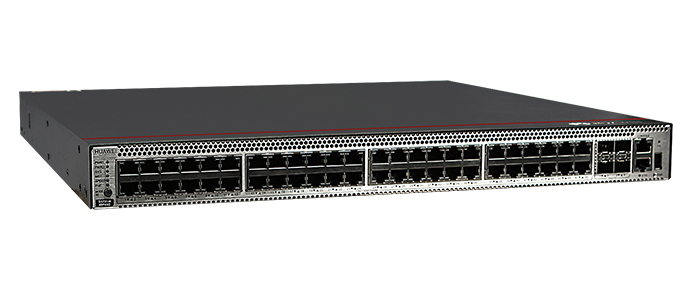
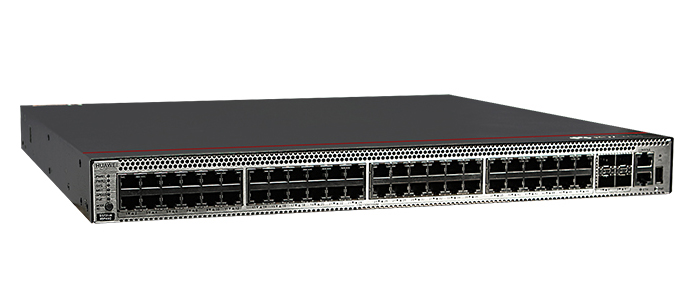

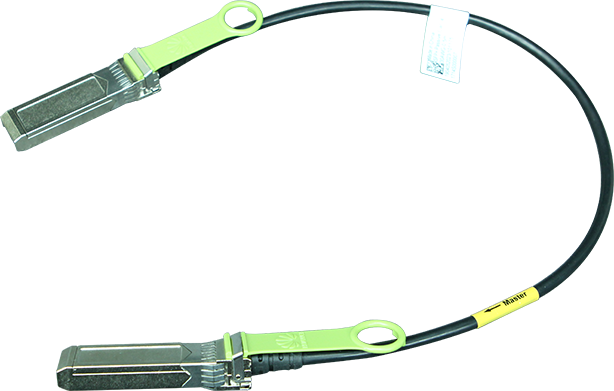
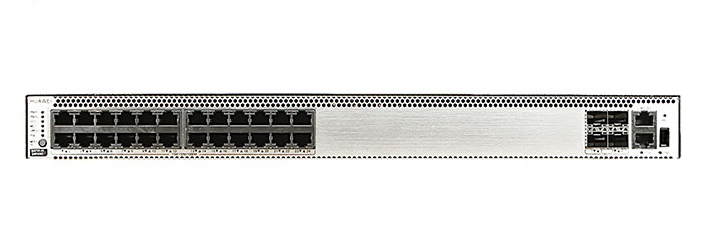
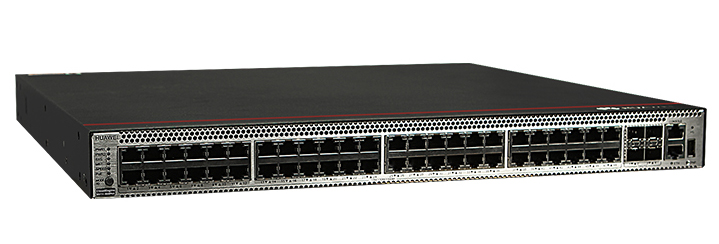
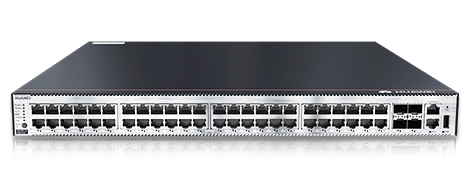
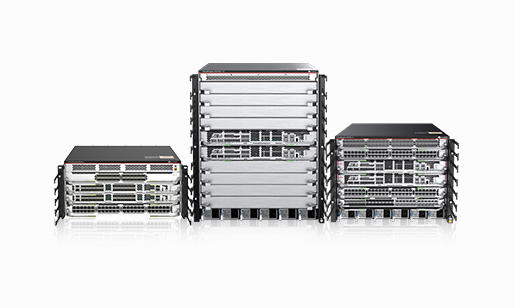
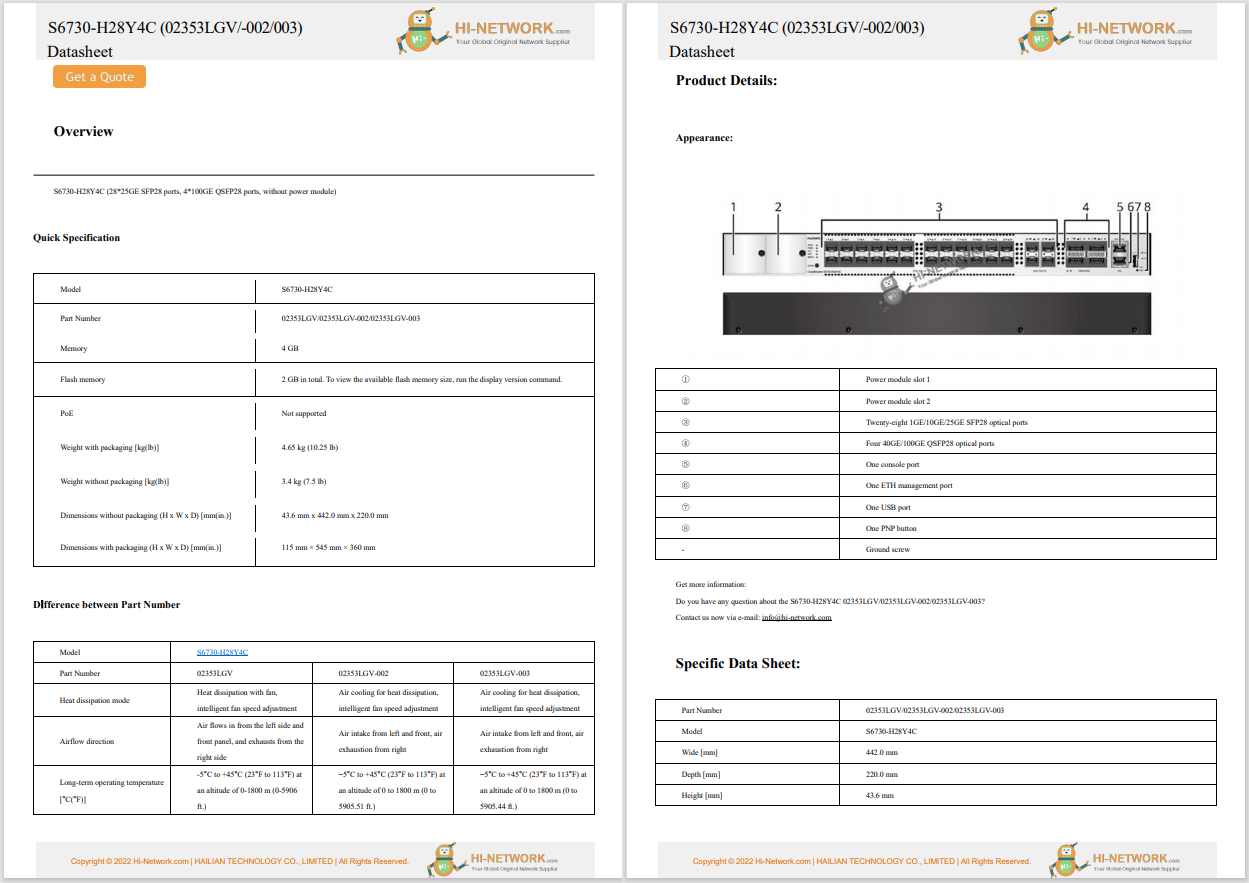

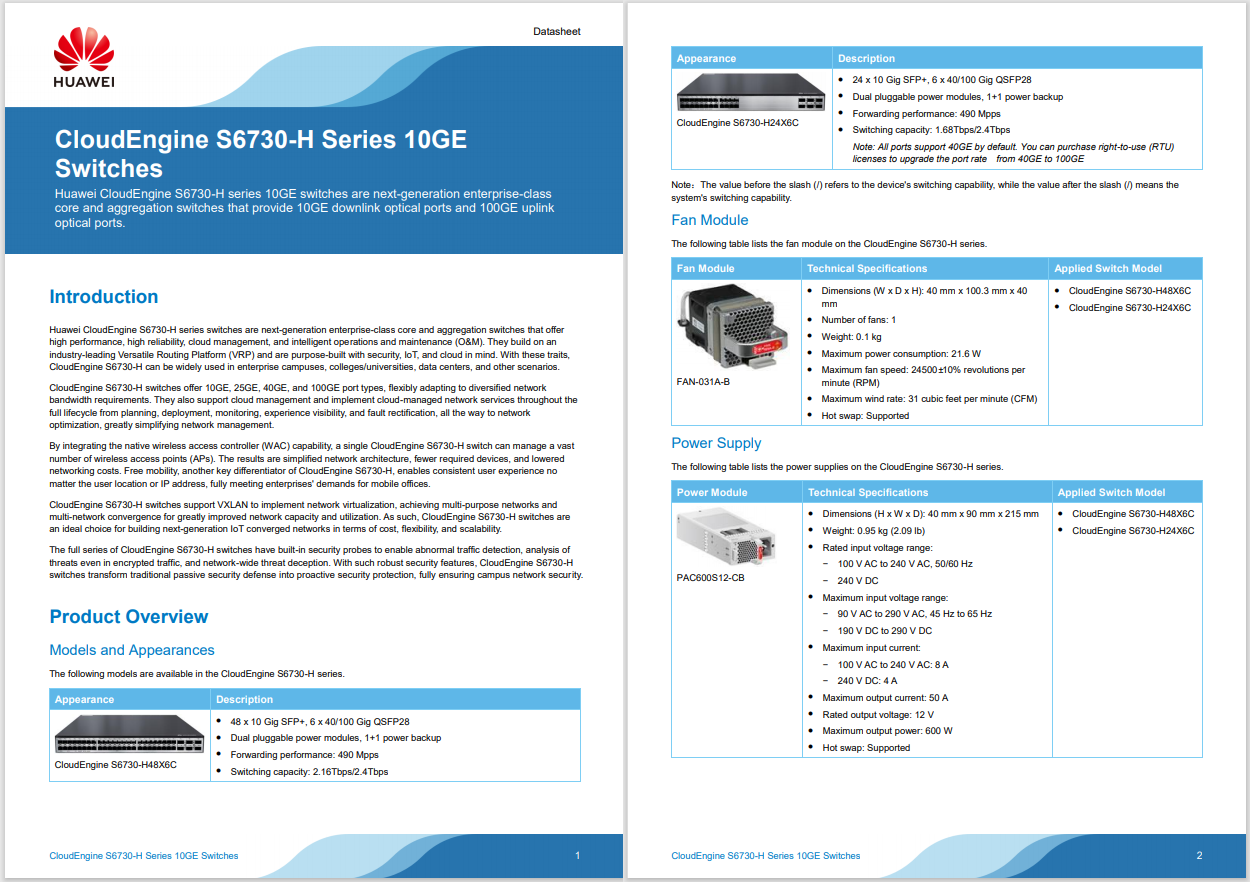
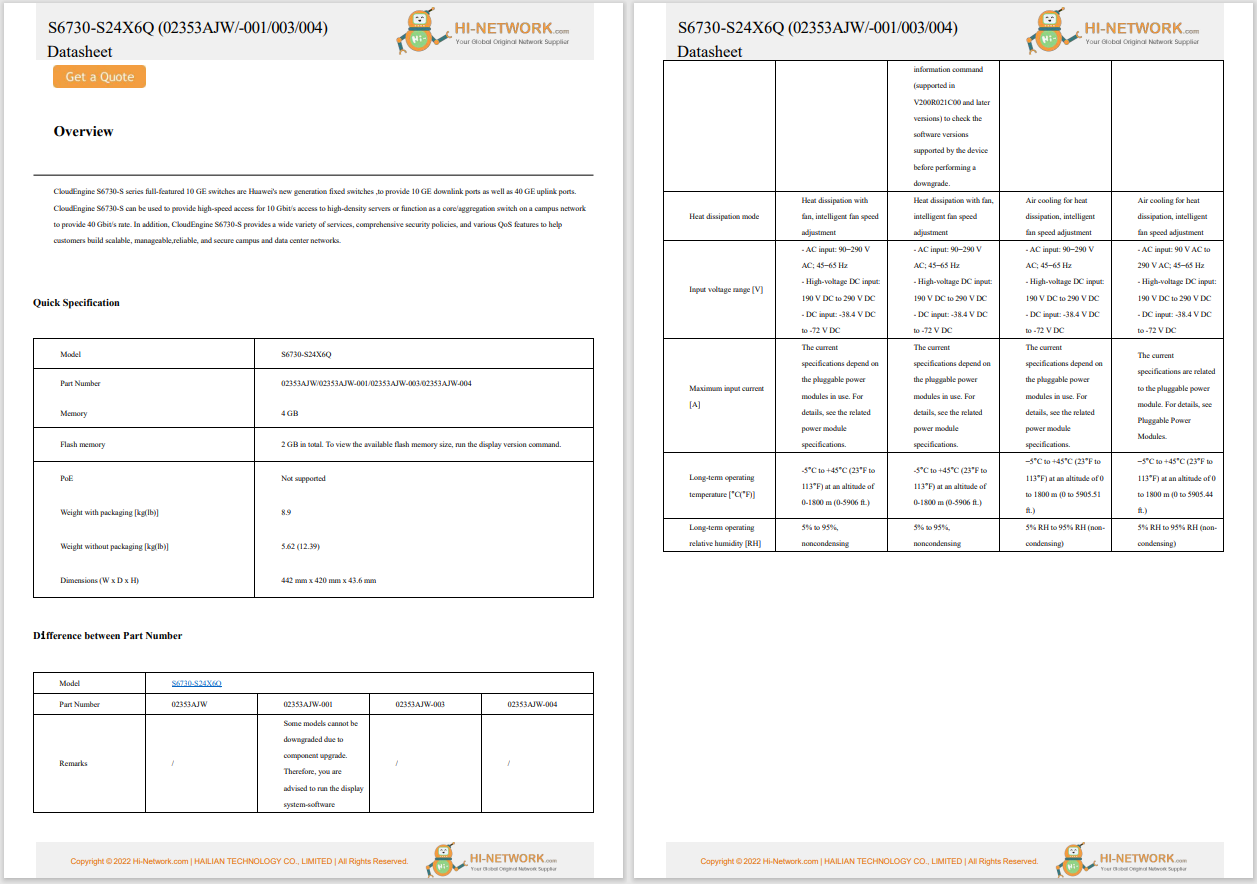


It doesn't matter if you are with a digital-native or a more traditional organization -- artificial intelligence is going to upend your ways of working or doing business. Even the digital natives are grappling with the implications of AI and generative AI.
Lately, one digital-native company has been moving to generative AI to help reduce the overhead associated with managing its transactions. ThredUp, one of the world's largest online platforms for reselling apparel, shoes, and accessories, is the e-commerce dream of its founders from the time they launched the company in 2009. The online reseller started out with basic analytics algorithms, helping it manage what has now grown to 70,000 to 80,000 items coming online daily.
Also: Amazon Prime Day is July 8-11: Here's everything to know
"When you get to a certain size, certain things don't just scale manually," said Dan DeMeyere, chief product and technology officer for ThredUp. "Rule-based systems, very simple algorithms just can only go so far."
The challenge is not only the volume of items running through the site, but also the proliferation of images that are being archived and presented to customers. I caught up with DeMeyere at the recent Databricks conference, and he noted that "we process easily over 100 million unique SKUs, and so we do a lot of learning. We have had machine learning in production since 2015. Now, we're about 20 months into generative AI in production."
First, the company has employed the technology to make it easier for customers to find items they are looking for without being overwhelmed. "About 18 months ago, we overhauled our search engine to leverage AI, to enable visual search," DeMeyere said. "In the past, if you searched on our website for Madewell Jeans, you would get 50,000 Madewell Jeans. That's not very helpful. It was a very standard taxonomy-driven search. You had to put in the brand, the category. Things that were actually in the data."
Also: The best anti-Prime Day deals 2025 from Best Buy, Walmart, & more: Top sales from Amazon's competition
With AI-driven visual search, the models help interpret product images. "So you could search for ugly Christmas sweater, and get phenomenal results. But you will not find ugly or Christmas sweater anywhere in our database."
Operationally, the company employs gen AI to help sort through the countless brands, sizes, and other categories associated with clothing. "We found there are some generative AI models that are really good at doing things like category detection, even style cuts," he related.
Also: Google's new AI shopping tool just changed the way we shop online - here's why
In the process, ThredUp has been able to operate more lightly and more agilely, he said. "In the past, we would have project teams with just about every discipline represented on a pod -- data scientists, data engineers, up-front engineers, mobile engineers, and so on. The numbers needed on such teams has shrunk to four, thanks to AI."
It's not that the company is scaling back on hiring -- it seeks a different mix of talent. "You don't have to be an expert at everything, but we want you to be curious, capable, and versatile. In the past, you had to really think out who you needed and at what stage of the project, line up all the resources, and probably use some big Gantt chart. That's just not the world we live in anymore."
In terms of skills sought, it isn't necessarily specialized technical skill sets, but rather a "growth mindset" when it comes to AI, DeMeyere explained. "We are looking for people who have experience and are curious. Those are people that tend to thrive with us."
Also: ChatGPT is your personal shopper now - here's how it works
As AI uncovers and binds together data from across the enterprise, there may be less of a requirement for specialization, he said. While data science will continue to be a skill in demand, there is still a need for subject matter experts. Still, they need to understand the power of AI. "We want our product managers to be prototyping with AI -- not doing all the prototypes by hand. And we want the engineers to take a prototype and get AI's help and scaffold it out really quickly."
Want more stories about AI?Sign up for Innovation, our weekly newsletter.
 Hot Tags :
Innovation
Hot Tags :
Innovation